How to Fertilize Almendro: [Dates, Compounds and How to Prepare It]
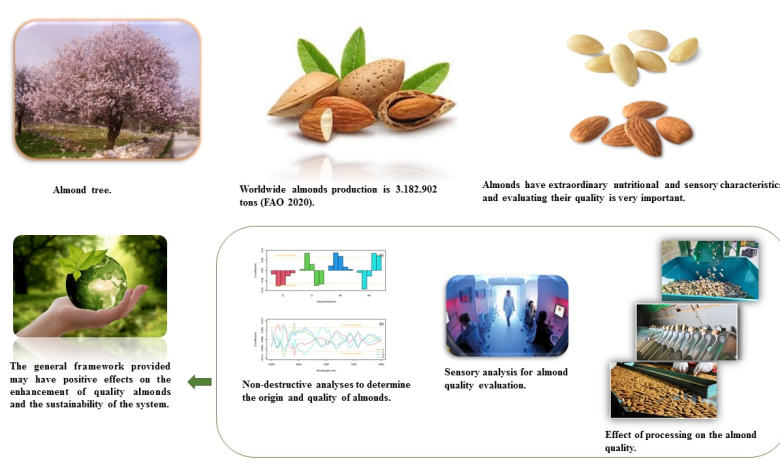
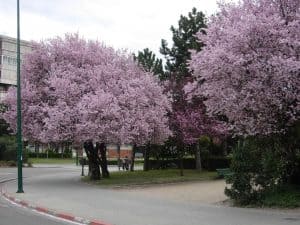 The almond tree is in charge of giving life to the almond.
The almond tree is in charge of giving life to the almond.
This is a valued and nutritious product, so it is necessary to know how to fertilize almond trees.
Likewise, the by-products of the almond are of great gastronomic importance, making it necessary to have a quality fruit.
Following this order of ideas, below, we will give you some basic notions to know how to fertilize almond trees correctly and beneficially.
Maybe you are also interested in:
- Pests and diseases of the almond tree.
- Properties of almonds.
- Planting the almond tree step by step.
Why fertilize an almond tree?
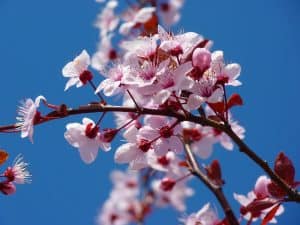 The main reason for taking the time to fertilize an almond plant is that the soil does not have the nutrients it needs to grow.
The main reason for taking the time to fertilize an almond plant is that the soil does not have the nutrients it needs to grow.
This means that it should be helped with a good amount of minerals and vitamins, improving its production and fruits.
In this way, it can be ensured that both the plant and the fruits obtained will be of the best possible quality.
However, it should be pointed out that part of knowing how to fertilize almond trees is to be clear that it cannot be fertilized with any type of material.
The best thing is to have products that adapt to your needs, depending on the type of soil and other points that are a priority to consider.
What does the almond tree need?
In general, the almond tree maintains a specific need for threeimportant macroelements such as potassium, phosphorus and nitrogen.
However, it will be thanks to the previous evaluation of the soil for cultivation, that the needs that the tree may have over time are known.
The ideal is to maintain a balance between macroelements and microelements that makes it easier for the tree to have a good production and stay healthy.
What are the main components of the fertilizer for the almond tree?
 As mentioned above, the main components of the almond tree fertilizer should be nitrogen, potassium and phosphorus.
As mentioned above, the main components of the almond tree fertilizer should be nitrogen, potassium and phosphorus.
These macroelements are extremely important for the plant to grow and develop in the most optimal way possible, allowing its reproduction.
Similarly, you need other microelements such as calcium, magnesium and sulfur, although in much smaller amounts than the other three.
Likewise, other microelements such as zinc, manganese, copper, iron and boron must be taken care of.
The reason is that each one of them favors that all their needs are covered.
What deficiencies can the almond tree have and how to detect them?
The nutritional deficiencies of the almond tree are presented with the lack of important macroelements and some microelements.
nitrogen deficiency
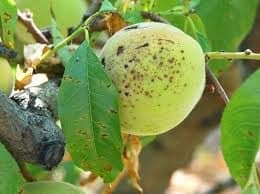 For starters, nitrogen deficiency can cause small shoots, as well as small, colorless leaves, which will drop off easily.
For starters, nitrogen deficiency can cause small shoots, as well as small, colorless leaves, which will drop off easily.
lack of phosphorus
As for phosphorus, quite dark leaves can be seen that become pale with the passage of time.
lack of potassium
In the case of potassium deficiency, pale leaves with necrotic leaves and considerably small almonds will be seen.
boron deficiency
Boron deficiency, which occurs mostly in spring, includes necrotic leaves that fall off very easily, making it look diseased.
Likewise, zinc causes the flowering of the tree to be late and occurs especially in land with manured soil, which does not have the exact care.
iron deficiency
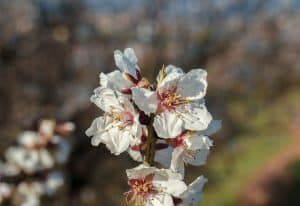 Iron deficiency causes yellow leaves on the tree, being more common in spring and in limestone soils, requiring much more attention.
Iron deficiency causes yellow leaves on the tree, being more common in spring and in limestone soils, requiring much more attention.
When speaking of magnesium, it can be noted that the shoots present with apical chlorosis, a consequence of soils with very low pH and without control.
Also during the spring you can notice a lack of manganese by visualizing that the leaves of the tree are very pale and weak.
lack of copper
Finally, copper is a microelement whose lack causes the leaves to present necrosis and fall, as well as the weak growth of the shoots.
How to make a compost compound for almond trees step by step?
The almond tree is a plant that needs deep fertilization and maintenance that can be fulfilled by making a suitable compost.
It should be borne in mind that it is very important to incorporate elements that can cover the aforementioned needs.
However, compounds of this type are not usually found naturally with the conditions that suit the plant.
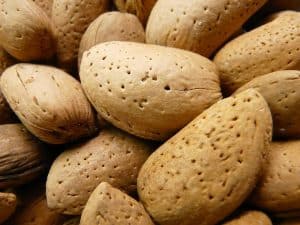 For this reason, it is best to opt for organic products that can meet your needs and that are carefully studied.
For this reason, it is best to opt for organic products that can meet your needs and that are carefully studied.
On the other hand, it is necessary to carry out the maintenance fertilizer of the plant in well-established periods, depending on its good production.
Especially in periods where the deficit of certain nutrients becomes very noticeable, such as in spring or during the hottest months.
The almond tree usually requires some specific nutrients that cannot always be obtained directly from the ground.
It is important to know how to fertilize almond trees and to take this knowledge into account to improve their living conditions.
This is how optimal production will be facilitated, with a quality product and high acceptance rates for its commercialization.
Where to buy fertilizer for an almond tree?
It is best to go to a nursery or a specialized store in your area. However, if you don’t have access to either, we might recommend these products on Amazon:
 CULIVERS Special Fertilizer for Bonsai of 5 kg. Fertilizer of 100% Organic and Natural Origin, Granulated Slow Release and controlled with NPK 8-1-5 + 74% MO and Ac. Humic
CULIVERS Special Fertilizer for Bonsai of 5 kg. Fertilizer of 100% Organic and Natural Origin, Granulated Slow Release and controlled with NPK 8-1-5 + 74% MO and Ac. Humic
- Fertilizer in the form of slow and controlled release microgranules.
- Controlled growth of new internodes
- Ecological organic fertilizer with a high concentration of NPK.
- Organic fertilizer from high-quality plant material, obtained through controlled fermentation, for a…
€19.84 View on Amazon Prices with VAT without transport
Last updated on 2022-07-26 / Affiliate Links / Affiliate API Images
 Expert Advice Citrus Organico Organomineral fertilizer specific for citrus, 5 kg
Expert Advice Citrus Organico Organomineral fertilizer specific for citrus, 5 kg
- Npk 6-5-5 contains a high percentage of natural organic substances such as corknut, hops and neem panel.
- The neem panel is a substance of vegetable origin that restores the fertility of the exploited territories and favors…
- Distributed regularly throughout the year, it guarantees complete nutrition and optimal plant development.
- Fertilization period: from March to November; Frequency: every 30-40 days; How to use: shoot, lightly bury and…
View on Amazon Prices with VAT without transport
Last updated on 2022-07-26 / Affiliate Links / Affiliate API Images
 Suinga 500 KG ORGANIC FERTILIZER FERTILIZER Humus OF WORMS, Bags of 25 Kg – 41 liters. Suitable for organic farming
Suinga 500 KG ORGANIC FERTILIZER FERTILIZER Humus OF WORMS, Bags of 25 Kg – 41 liters. Suitable for organic farming
- Organic fertilizer suitable for Organic Farming obtained from earthworm droppings.
- They help the growth and development of all kinds of plants, improving the soil and caring for the environment.
- The earthworm humus is a product of organic origin that results from the transformation of animal manure carried out…
- It serves as a substrate for seedbeds (we recommend mixing with coconut fiber)
View on Amazon Prices with VAT without transport
Last updated on 2022-07-26 / Affiliate Links / Affiliate API Images


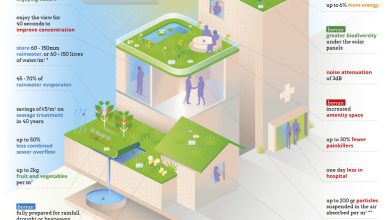
![Photo of Vine Treatment: [Pruning and Sulfur Application]](https://www.complete-gardening.com/wp-content/uploads/2022/08/vine-treatment-pruning-and-sulfur-application-390x220.png)
![Photo of Saguaro: [Characteristics, Cultivation, Care and Disadvantages]](https://www.complete-gardening.com/wp-content/uploads/2022/08/saguaro-characteristics-cultivation-care-and-disadvantages-390x220.jpg)